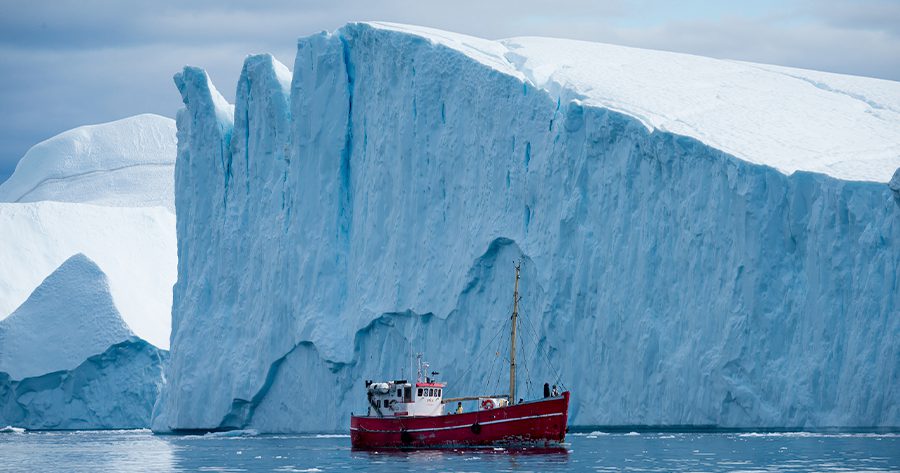Qeqertarsuaq from 1773 is one of Greenland’s oldest and smallest townships with just over 1,000 inhabitants. The town is surrounded by red basalt mountains on the south side of the Disco Island, which in Greenland is also called Qeqertarsuaq. The whales love this corner of Disco Bay, and so do the tourists. You find many hiking routes at several difficulty levels, and, above the town, lies the Lyngmark Glacier with an amazing view.
Qeqertarsuaq is the name of Greenland's largest island and the beautiful town on the island. Here, you will find amazing basalt formations, whales, and 250 different plant species.
Whales
There is a unique life in the waters around Qeqertarsuaq, and you have the opportunity to get close to many of Greenland’s whales, not least the Greenland Whales, which arrive in the area in the spring. The Greenland Whale can grow up to be 250 years old, which makes it the longest living mammal. When the Greenland Whales move on in June, the humpback whales arrive here for a summer vacation, so there is plenty of chance to experience whales here in the summer as well.
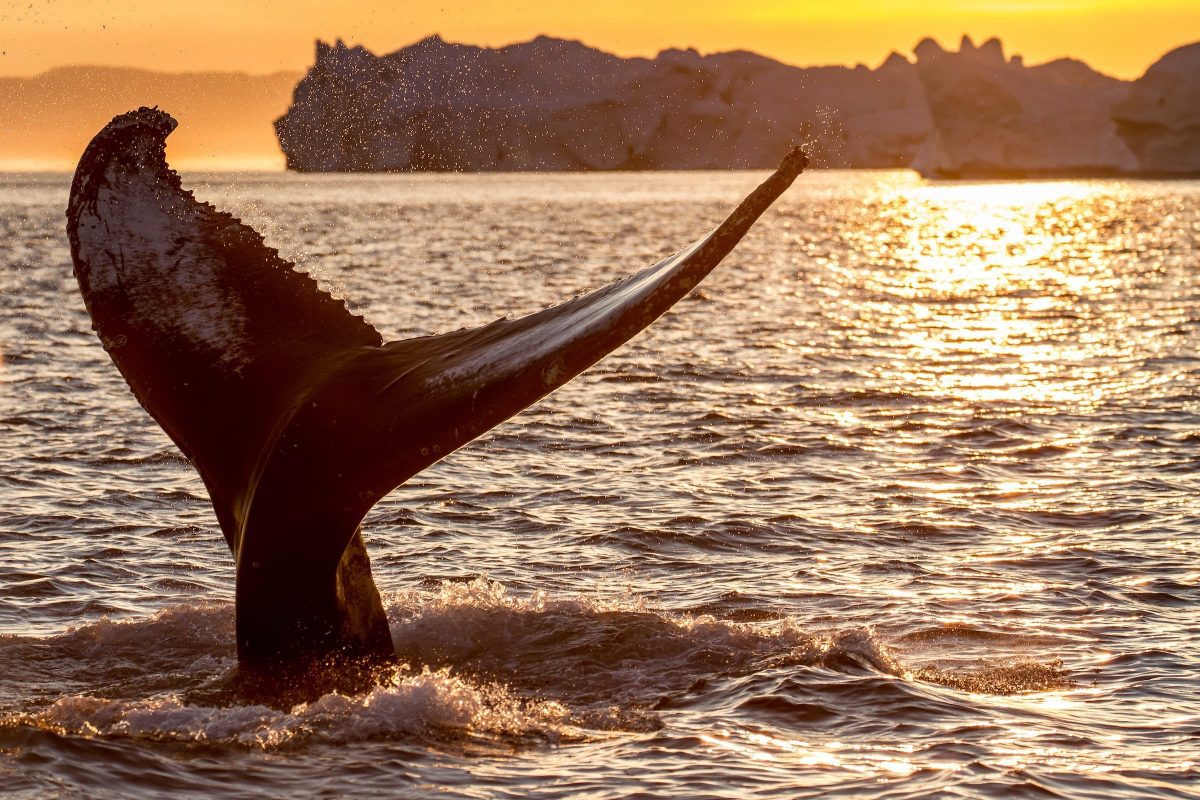
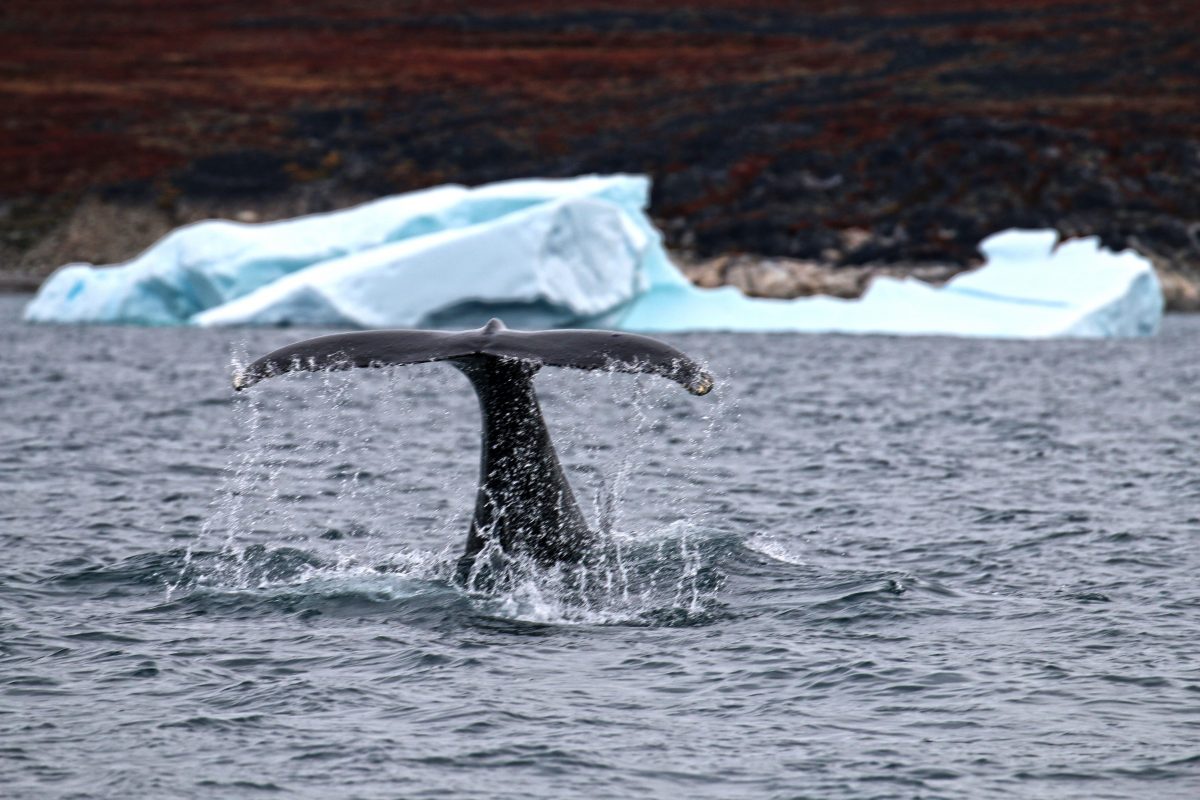
Life in the town
Due to its characteristic octagonal shape, the church in Qeqertarsuaq is called The Lord’s Ink Pot, and it is worth a visit. The same goes for the museum, which is located in the former doctor’s residence and the home of the North Greenland Governor, as it was called in a bygone era. A very special sight, which you only experience so spectacularly in Qeqertarsuaq, is soccer, played on a course that lies next to the water. It is an incredible sight to see the young people running around on a green field, while huge, white icebergs flow past just next to them.
Read about Qeqertarsuaq’s 250th anniversary.
The Lyngmark Glacier
At the top of the island, you find the Lyngmark Glacier. At an altitude of 700 meters, you can experience a glacier that extends 10 kilometers into the island. It is a popular place to go in the summer as the snow is here all year. The view is absolutely fantastic, especially if you have chosen to hike up here to experience the midnight sun.
Traditional life
Qeqertarsuaq was originally built as a whaling station and, today, there is still a bit of whaling going on, which is supplemented by both seal hunting and fishing for halibut. This is truly a traditional, Inuit place.
The surrounding area
Qeqertarsuaq is surrounded by beautiful basalt mountains that differ from many other Greenlandic areas. The red glow of the mountains is beautiful and especially when seen in contrast to the great lushness of the island in the summer. There are hot springs on the island, which means you find over half of Greenland’s 500 plant species here in the good soil.
The island is made for hiking, where you walk among the most amazing rock formations. You find rocks that resemble elephants and camels. Nearby is the Kuannit area, a lush area with lots of angelicas, a plant that everyone in Greenland loves. On the way there, you cross the Red River.
On the island, you find volcanic rocks, and therefore we know that Qeqertarsuaq came from volcanic activity, just as Iceland did. The rest of Greenland, the mainland, consists of bedrock, so geologically Qeqertarsuaq differs greatly from the rest of Greenland. The basalt columns were formed many millennia ago when volcanic lava sprouted from the underground and subsequently cooled and solidified. The rapid cooling has caused the lava to contract and form incredible formations and basalt columns with hexagonal structures.
The old legends
Legend has it that, in South Greenland, two hunters in search of seals got tired of the island being in their way, so they pulled it up to North Greenland. They simply dragged the island behind their kayaks with the help of a single and, obviously, really strong strand of hair from an infant! Seeing the island approaching, a witch in Ilulissat cast a spell on the island, so it hit the ground before reaching Ilulissat. And that is why Disco Island is where it is today.
Fun fact: It is named Disco Island because of its round shape, and not because this is where the popular Vaigat dance music from Greenland originates.
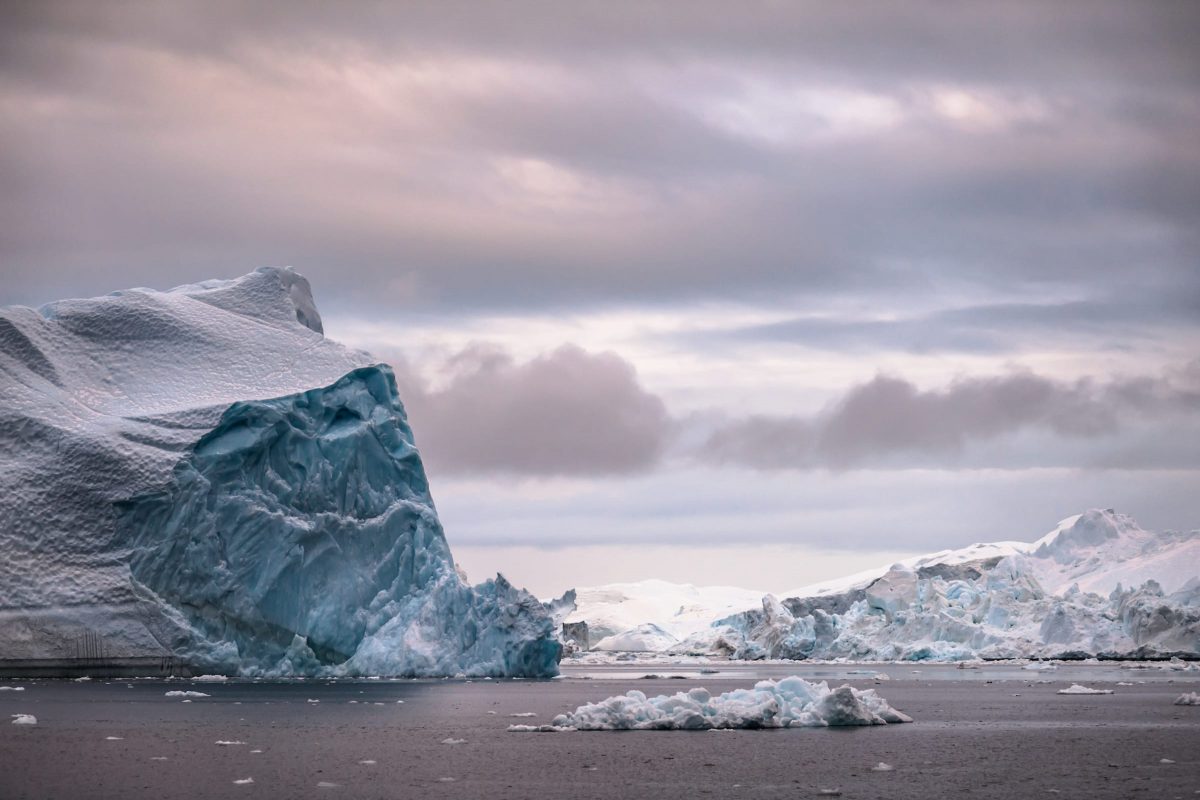
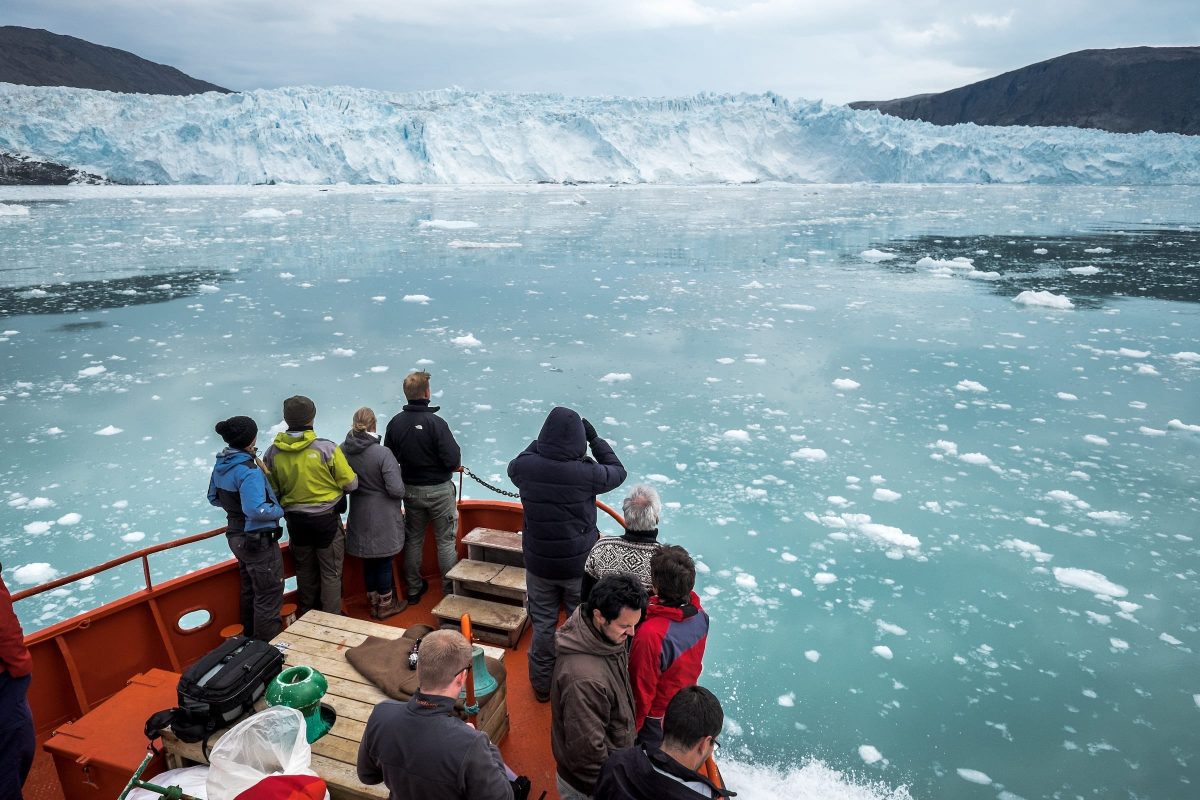
Qullissat
From Qeqertarsuaq, you can sail north along the coast and experience the ghost town of Qullissat. Qullissat was originally the largest mining town in Greenland, but when the coal mine ran out of coal, authorities closed down the town. The inhabitants were forced to move to other towns.
This forced resettling of the population has created a wound in our Greenlandic soul that is still not healed today, and the memory of Qullisat comes up every time there is talk of the closure of small settlements. To rub salt in the wound, in the year 2000, Qullissat was hit by a tsunami that destroyed a lot of houses near the water. However, today, Qullissat is becoming a favorite summer resort, with many people taking a holiday home here in the abandoned houses.
Read more about Disco Bay here.

